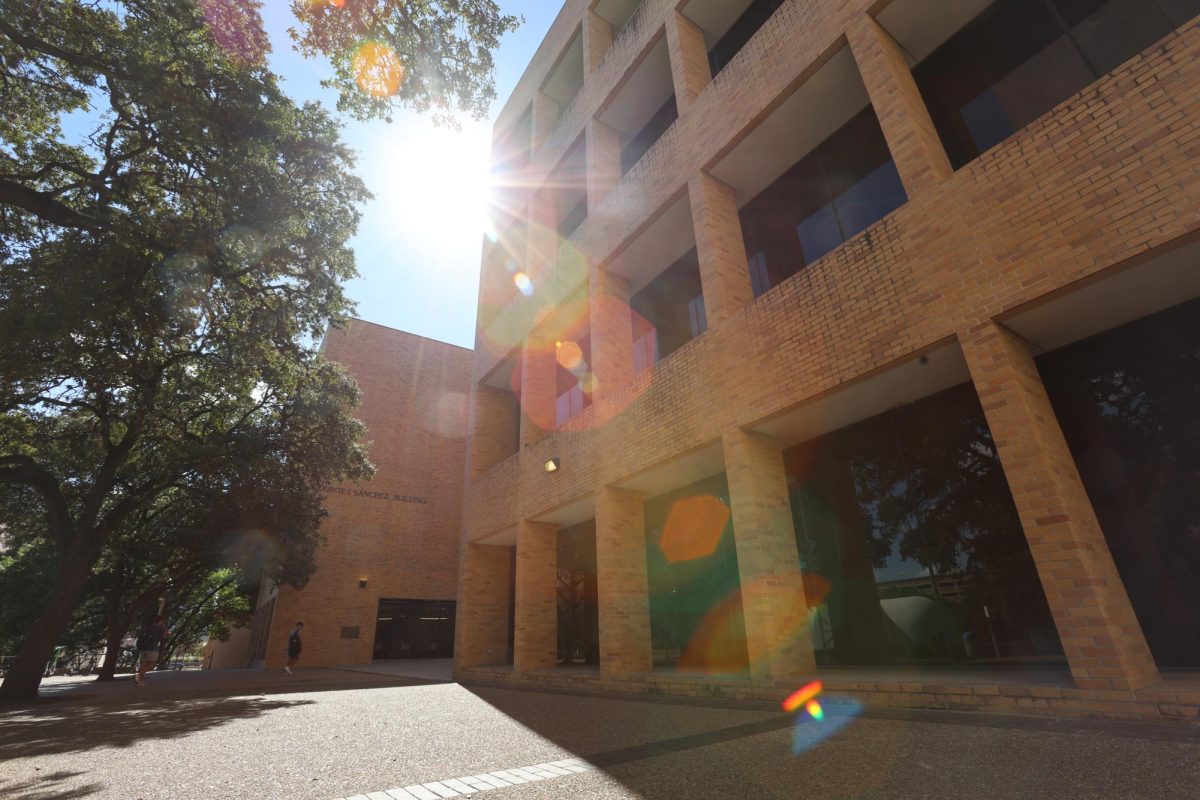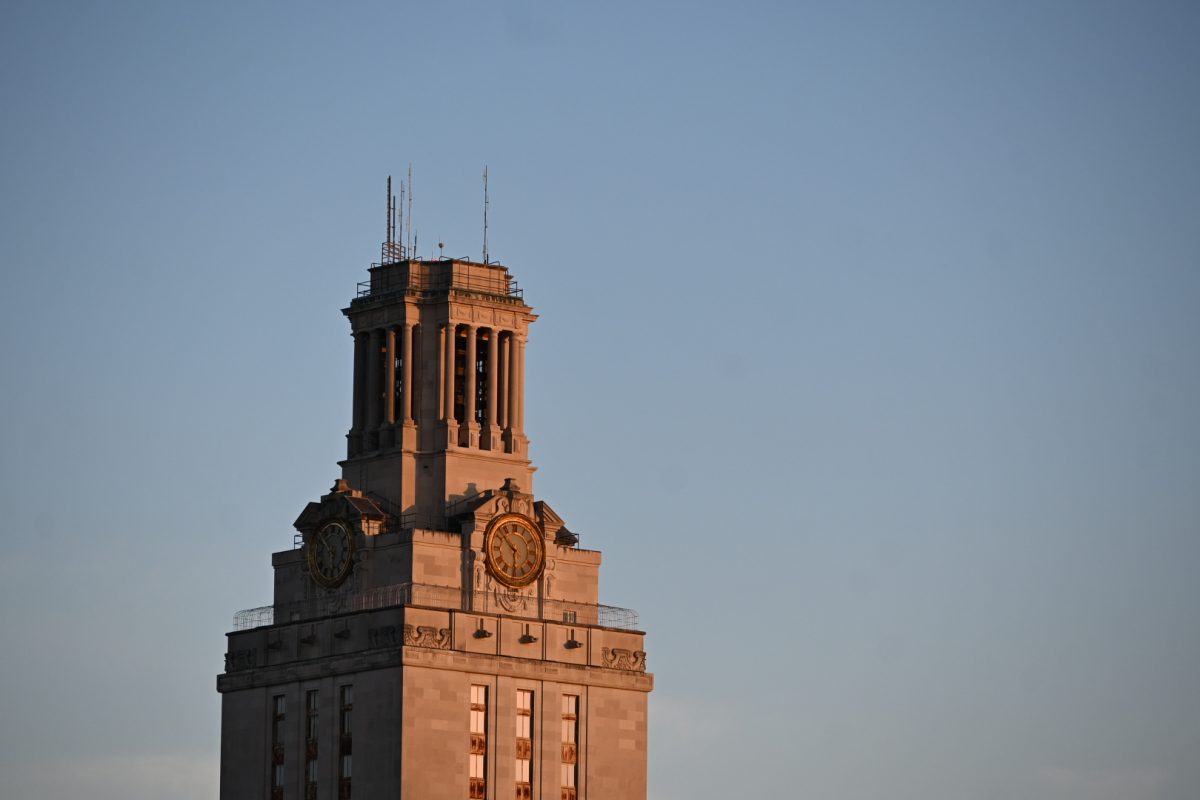Only five of the University’s 18 schools and colleges created and posted plans to address gender inequality in the faculty that a special task force reported in 2008.
The University’s provost created a Gender Equity Task Force in 2007. The task force based their report on examination of existing statistics and faculty surveys.
The report recommended the University create a plan with specific goals for each college or school dean to reduce faculty gender inequalities, including underrepresentation of women in administrative roles and unequal pay. It also recommended that each college or school create and post a plan specific to its own gender inequalities.
More than 60 percent of UT faculty are male, according to the 2009-2010 Statistical Handbook.
Before the regular Faculty Council meeting Monday, Sue Heinzelman, English associate professor and director of the Center for Women’s and Gender Studies, asked in writing whether each college and school had created and posted its recommended plans on their websites.
Executive Vice President and Provost Judith Langlois addressed the question, saying each college and school is in different stages of completing and posting their plans.
There is no deadline to complete the process, but Faculty Council Chair Dean Neikirk said the plans should be completed soon.
“The question was these were supposed to be made available, and everybody’s supposed have one. Has that been done yet? And the answer was, well it’s partially done and hopefully it will all be done very shortly,” said Neikirk, a computer and electrical engineering professor.
Only the Colleges of Education, Fine Arts, Liberal Arts and Natural Sciences and the School of Architecture have posted plans and fulfilled the recommendations in the gender equity report.
Neikirk said to promote gender equity during the state budget crunch, academic units will have to apply funds strategically as new hires and raises will be difficult.
“There’s a real attempt to try to be strategic about where to look for savings, not look across the board,” Neikirk said. “Similarly, if we’re to enhance something, that should be strategic, not across the board. Gender equity has a direct impact on the quality of faculty. We don’t want to lose our best faculty, certainly not because they think they aren’t being treated equitably.”
After the gender equity discussion, the discussion was shifted to a new survey that will be conducted this year to asses the undergraduate experience.
The University will send each of its more than 35,000 undergraduates a survey developed and conducted by the Center for Studies in Higher Education at the University of California, Berkeley. UT conducted a pilot version of the survey last year but only received about a 20 percent response rate.
Gale Stuart, director of assessment for the Office of the Dean of Students, said current undergraduate surveys only sample enough students for colleges up to around 8,000 students. By surveying the whole undergraduate population, the Berkeley study captures statistically viable data with enough responses.
Executive Vice President and Provost Gretchen Ritter said the survey will give administrators, down to the department level, a picture of how effectively professors are connecting with students.
“It’s an important survey in that it’s helping us get a better handle on how well prepared students are when they come in and their own sense of the academic challenges they face here, so that we can do a better job in supporting their academic success on campus,” Ritter said.




















